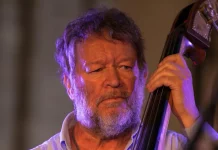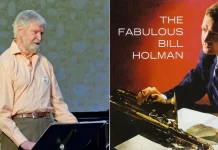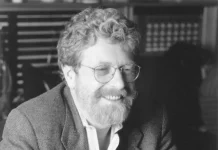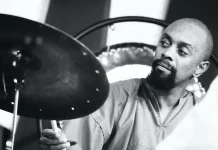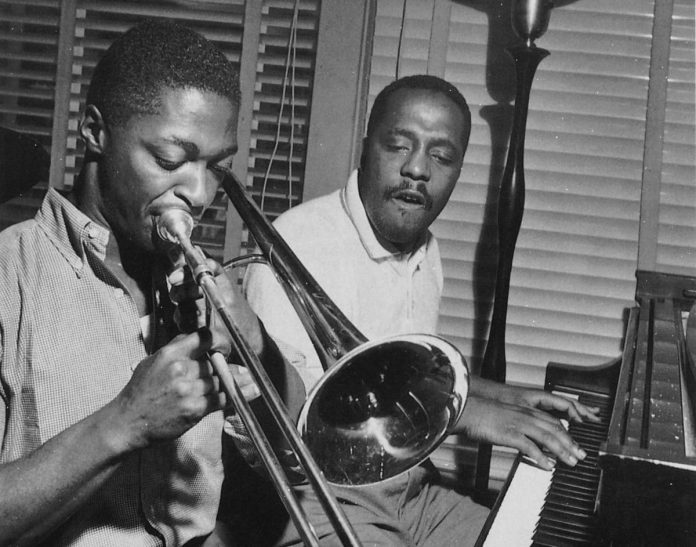
One of the best and most consistent hard bop soloists on the slide trombone, Curtis Fuller did not receive the full praise and recognition he deserved. Taken to a jazz recital as a teenager he listened carefully to J.J. Johnson and decided “I think I can do that.” He would later claim that much as he admired and was influenced by Johnson, he always tried to do his own thing, right from the beginning.
He was a good composer and arranger as well and was praised early on by American critic Nat Hentoff, who said “Fuller writes as well as he plays.” On an early leader session for Blue Note in 1957, Fuller stated “I try to project how I feel. I’m not interested in doing tricks on the instrument, in showing how high and fast I can play. I play what I feel and what the tune calls for and try to avoid showboating.”
Trumpeter Donald Byrd, a colleague who knew him since their teenage years in Detroit, praised his fire and sound and the fact that he always seemed to know exactly what he was doing and never faked anything. Byrd added “Most young players can play good, competent solos, but I wouldn’t call them soloists. Curtis is.”
The mid to late 50s were the best time for Fuller and during those years he did some of his absolute best work on records. He played on his first LP as a leader in 1957, called The Opener. The same year, he also led Bone And Bari and was a sideman on Clifford Jordan’s Cliff Jordan for Blue Note record. He also recorded for Prestige. His greatest achievement that year though was in September when he lined up with Lee Morgan, Kenny Drew, Paul Chambers and Philly Joe Jones for John Coltrane’s Blue Train. His sturdy, bristling solo on the title track and his work in the ensembles with Trane provide further insights into his ability early on. Coltrane chose well in recruiting Lee Morgan on trumpet and Fuller to fill out the front line on that classic disc. Fuller’s soulful trombone and Morgan’s fiery trumpet were the perfect foil to his own complex lines.
A lesser-known story about this session came when Fuller was interviewed by the National Endowment For The Arts and revealed that he inadvertently named one of the tracks. “John,” he had complained, “you put this music on us at a moment’s notice. We got three hours to rehearse this music and we’re going to record?” They were, they did and, of course, Coltrane named the track Moment’s Notice.
Fuller played briefly in the Miles Davis band in 1957 and was a great admirer of the trumpeter thereafter. In 1959 he joined the Art Farmer and Benny Golson Jazztet, and possibly as a result of his experience playing in a sextet, he was recruited into Art Blakey’s Jazz Messengers in 1960. Blakey already had a highly successful quintet going into the 60s but thought a sextet would give him a fuller, richer more expansive sound. He was right and the next few years saw some of Blakey’s most explosive, successful recordings with Fuller on board. Fuller contributed Arabia to the hard-swinging Blue Note album Mosaic and his soulful solos made an impact on the group. Free For All, in 1964, was another fierce, no-holds-barred exercise for the Messengers and Curtis made an impact on that session too. This was the last record for Blue Note by this line up although they did record one more LP for Riverside, Kyoto, in February 1964.
During four years with Blakey Fuller contributed regularly to the book, including Bu’s Delight and A La Mode. After that he continued to play and record until 1967 when, after Coltrane and Fuller’s sister died at about the same time, he gave up music and took an office job with the Chrysler Corporation in New York. It was Dizzy Gillespie who brought him out of early retirement, recruiting him for his big band in 1968. He later played in Count Basie’s band from 1975-1978 and after that recorded with Kai Winding, Woody Shaw and Benny Golson. He performed with his own groups in the 1990s and into this century. His final album was Down Home for Capri Records, released in 2012.
He had suffered with lung cancer in the 1990s but beat the disease and came back to active touring and recording, often with old pal Benny Golson. His health began to fail in the early part of the 2000s and after 2012 he worked more in teaching than playing. He joined the faculty of the Hartt School of Music in Hartford and later worked on Betty Carter’s Jazz Ahead programme at the Kennedy Center in Washington.
Fuller married Judy Patterson but they later divorced. His subsequent marriage to Catherine Rose Driscoll lasted 30 years until her death in 2010. He leaves seven sons, a daughter, nine grandchildren and 13 great grandchildren.
Although his birth date is often given as 1934 the correct date is 1932, as confirmed by his daughter when his death was announced. He died aged 88 at a nursing home in Detroit, where he lived.
Curtis Fuller, 15 December 1932 – 8 May 2021

